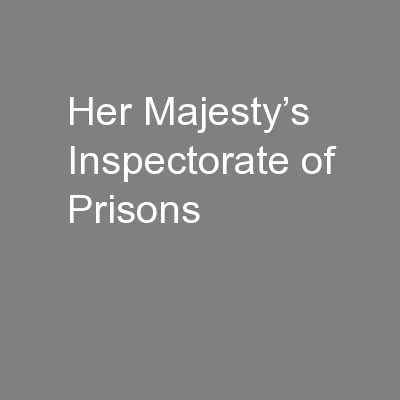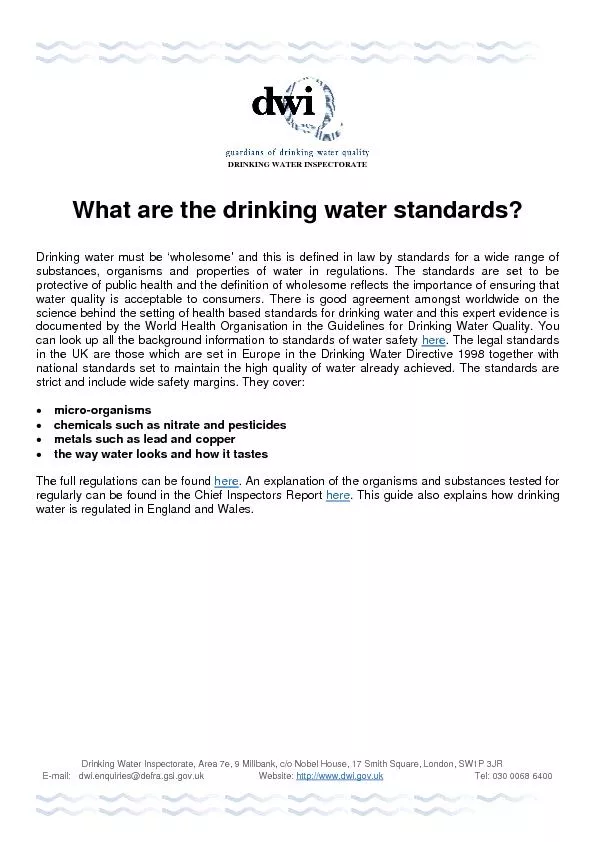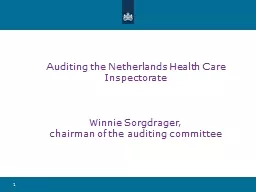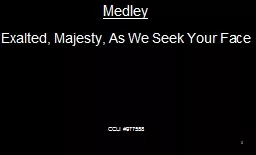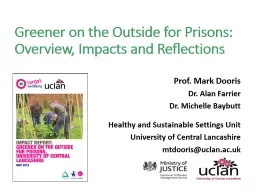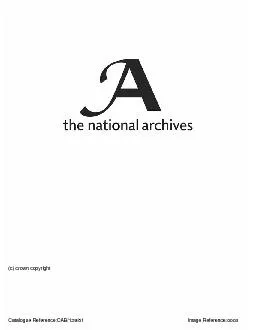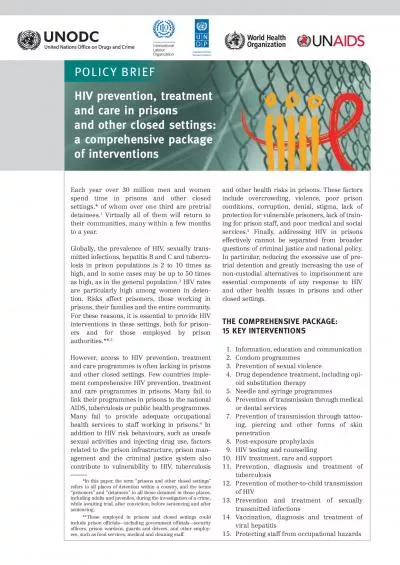PPT-Her Majesty’s Inspectorate of Prisons
Author : stefany-barnette | Published Date : 2016-03-20
HMIP Inspecting Immigration Detention 31 st March 2015 Bev Alden Inspector 1 Role of HMIP To ensure independent inspection of detention to report on conditions
Presentation Embed Code
Download Presentation
Download Presentation The PPT/PDF document "Her Majesty’s Inspectorate of Prisons" is the property of its rightful owner. Permission is granted to download and print the materials on this website for personal, non-commercial use only, and to display it on your personal computer provided you do not modify the materials and that you retain all copyright notices contained in the materials. By downloading content from our website, you accept the terms of this agreement.
Her Majesty’s Inspectorate of Prisons: Transcript
Download Rules Of Document
"Her Majesty’s Inspectorate of Prisons"The content belongs to its owner. You may download and print it for personal use, without modification, and keep all copyright notices. By downloading, you agree to these terms.
Related Documents

